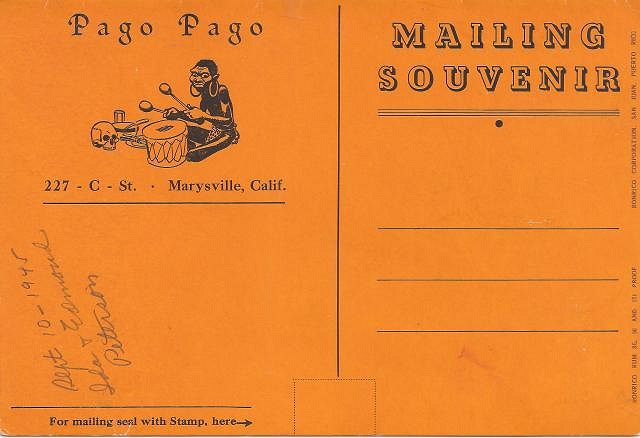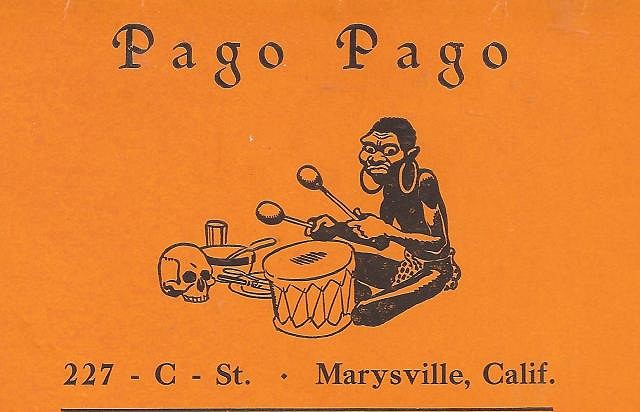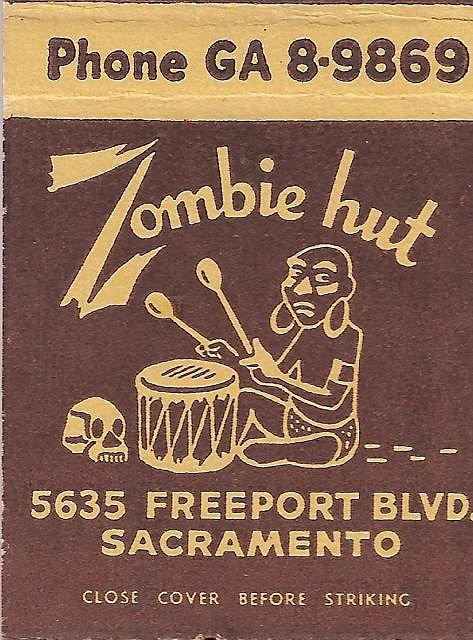Tiki Central / Locating Tiki / Zombie Hut, Sacramento, CA (restaurant)
Post #792024 by Otto on Sat, Dec 22, 2018 8:40 PM
|
O
Otto
Posted
posted
on
Sat, Dec 22, 2018 8:40 PM
Looking at this I was wondering why Pago Pago, the capital of American Samoa, would be associated with cannibalism. So I looked it up on Wikipedia and got: It's interesting how the Tiki bar Zombie phenomenon would then incorporate the Tiki bar cannibalism curiosity which has a deep tradition in Tiki bars as the cannibal carving trio Pretty amazing how the original drawing is so direct in its cannibalism. A native drummer also cooking humans (human skull) and that is the iconography for a restaurant. Like the icon for a Rib Joint being a happy Pig with a BBQ grill.
|



